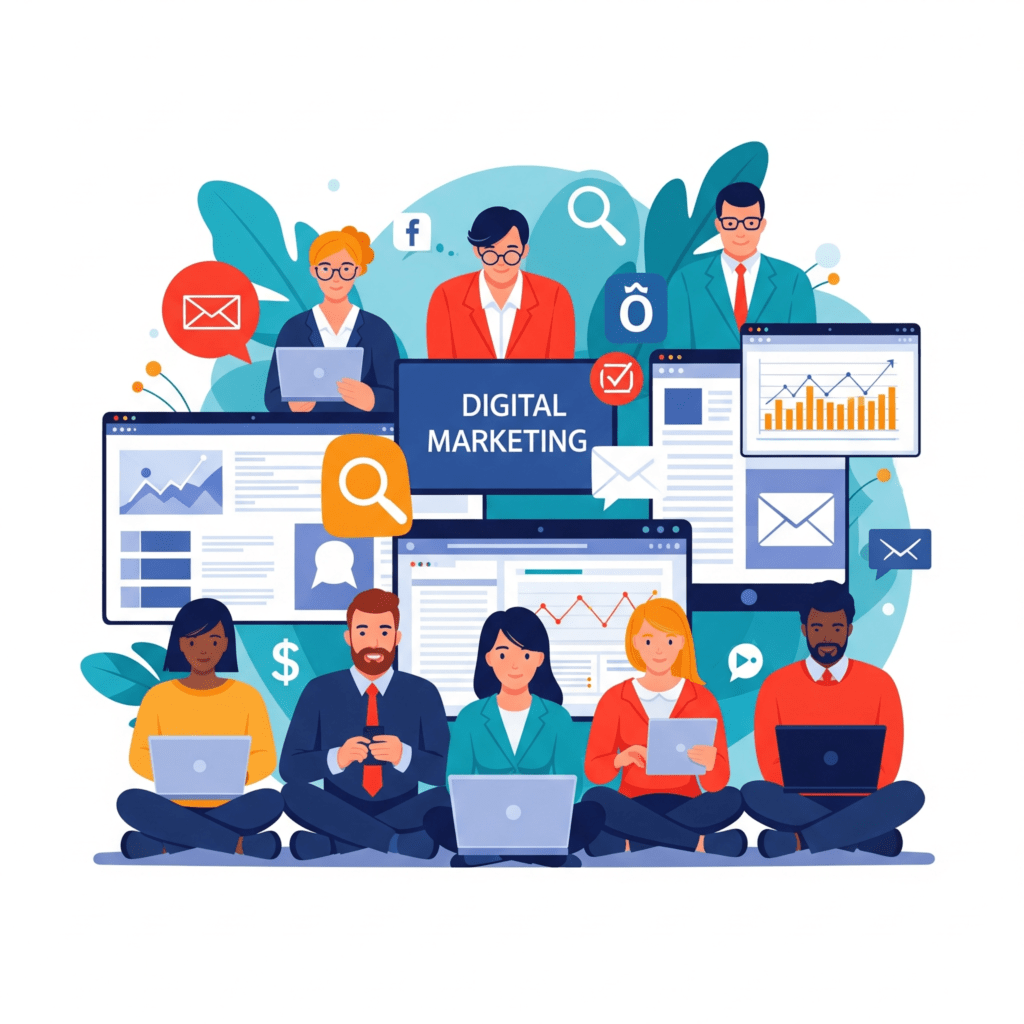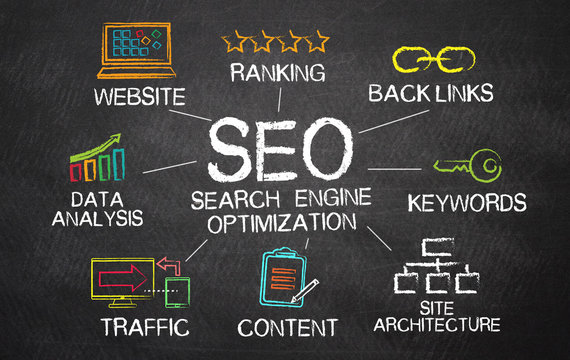
Table of Contents
Introduction: AI tools
In today’s highly interconnected and technology-enabled marketplace, the most nimble companies aren’t just expanding — they’re transforming. What distinguishes successful organizations from others is not necessarily digital tool adoption, but rather the capacity to upgrade on a continuous basis in accordance with intelligent technology. Today’s new era of innovation requires more than mere automation — it requires intelligence, real-time decision-making, and harmonious integration. The recipe for long-term business expansion today starts with one vital element: intelligent technology.
This article uncovers the comprehensive framework for scaling your business through technology upgrades driven by intelligent decision systems. From operations to marketing and customer experience, we’ll explore practical and strategic ways to transform your business foundation and future-proof your growth.
Chapter 1: Why Tech Upgrades Are No Longer Optional
For decades, companies treated technology upgrades as a fresh coat of paint — nice to have but not mission-essential. That has all changed. Nowadays, not upgrading your tech stack is becoming a lag. Let’s dive into why:
- Customer Expectations Have Evolved: Consumers now demand real-time experiences, instant feedback, and personalized experiences.
- Competitors Are Ahead of the Curve: Early users of intelligent tools benefit from improved efficiency, greater margins, and greater brand equity.
- Smart Infrastructure is Required for Scalability: Hyper-growth or dealing with huge volumes of data cannot be handled by manual systems.
Upgrades are now a default. Companies that succeed are those that change in a well-outlined tech blueprint.
Chapter 2: The AI-Powered Tech Blueprint
A blueprint does not mean a checklist of tools — it’s a transformation framework. The following are the core elements of a tech blueprint based on intelligent systems and business priorities:
1. Digital Infrastructure
- Cloud computing
- Distributed systems
- Data lakes and warehouses
2. Integrated Operations Tools
- Workflow automation software
- CRM and ERP platforms
- Smart inventory systems
3. Data-First Culture
- Gathering real-time behavior and transactional data
- Creating dashboards to track ROI, productivity, and trends
4. Decision Intelligence Layer
- Smart algorithms to process customer and operational data
- Pattern detection and predictive modeling to enhance decision-making
5. User-Centric Interface
- Custom dashboards for internal users
- Frictionless digital experiences for customers
This strategic foundation lays the ground for fast innovation, improved customer relationships, and profitability boost.
Chapter 3: The Business Value of AI-Powered Tech Enhancements
Intelligent technology revolutionizes every department when properly implemented.
1. Marketing Becomes Precision-Driven
- Determine customer intent based on behavior patterns
- Forecast campaign success prior to launch
- Conduct experiments with real-time feedback loops
2. Sales Cycles Shorten
- Identify high-value leads automatically
- Lead prioritization through purchase probability
- Minimize churn by data-driven engagement strategies
3. Customer Support Turns Proactive
- Detect problems before they become larger issues
- Utilize smart systems to provide personalized support
- Route tickets and gather feedback automatically
4. Supply Chain and Logistics Turn Agile
- Monitor performance in real-time
- Forecast demand spikes and disruptions
- Optimize delivery using smart route optimization
Chapter 4: Frequently Made Mistakes in Tech Upgrading and How to Prevent Them
Not even the best upgrade plan will be successful without the proper mindset and procedure.
1. No Strategy When Upgrading
Setting up new tools without a clear growth plan causes inefficiency and confusion.
Solution: Map every tool to an overarching business objective.
2. Not Bothering with Employee Adoption
Even the finest tools become a failure if your staff doesn’t adopt them.
Solution: Prioritize onboarding, training, and usability.
3. Overloading with Data
More data isn’t better if it can’t be understood.
Solution: Streamline dashboards and prioritize useful KPIs.
4. Neglecting Cybersecurity
Tech updates without security leave your business vulnerable.
Solution: Incorporate cybersecurity policies into each layer of your tech stack.
Chapter 5: Roadmap to Level Up — Building Your Tech Blueprint
The following is a 5-step roadmap to start your business growth upgrade:
Step 1: Audit Your Current Stack
- Review what tools are in use
- Assess what’s redundant or underperforming
Step 2: Define Growth Goals
- More leads? Higher retention? Better margins?
- Let your KPIs shape your upgrade plan
Step 3: Build or Upgrade Infrastructure
- Move to the cloud
- Integrate CRMs, CMSs, and collaboration tools
Step 4: Add Intelligent Layers
- Implement recommendation engines, behavior tracking, and forecasting systems
- Coordinate them with sales, support, and delivery
Step 5: Train Teams + Monitor Results
- Emphasize user experience internally and externally
- Regularly examine data and refine systems
Chapter 6: Case Studies and Real-World Examples
Case 1: Retail Business
A mid-sized fashion eCommerce brand used smart product recommendations and behavior-based retargeting. Result: 22% increase in average order value.
Case 2: B2B SaaS Firm
By combining CRM with smart email workflows and sales forecasting tools, this company experienced a 30% boost in lead-to-sale conversion.
Case 3: Manufacturing Company
By using IoT sensors and predictive maintenance, breakdowns decreased by 40% in six months.
Chapter 7: Preparing for the Future
The future of business is not digital — it’s smart. To remain competitive, businesses need to think past tools and adopt smart systems that:
- Continuously learn from data
- Take proactive choices
- Fuel growth from the inside
A technology-driven master plan enables your business to pivot quicker, innovate with greater confidence, and connect with customers in a more personalized way.
Frequently Asked Questions (FAQ)
Q1. How can AI facilitate my small business to grow?
AI can automate mundane tasks, offer data-driven insights, enhance customer service, and tailor marketing campaigns—enabling small businesses to grow smarter and faster.
Q2. Is AI only useful for tech-based businesses?
No. AI is industry-agnostic. From retail and healthcare to logistics and education, AI tools enhance decision-making, customer experience, and operational efficiency.
Q3. What’s the first step to integrating AI in my business?
Start by identifying areas with repetitive tasks or where decision-making needs improvement. Then, explore easy-to-implement tools like CRM automation or chatbots.
Q4. Are AI tools expensive?
Most AI tools have affordable and flexible pricing plans. From free trials to scalable monthly subscriptions, there’s a solution to suit most business budgets.
Q5. Will AI replace jobs in my company?
AI is not about replacing, but about assisting. It enables teams to concentrate on strategic tasks while automation takes care of repetitive ones—resulting in increased productivity.
Conclusion: Your Time to Upgrade Is Now
Whether you’re an enterprise or a startup, the tools to upgrade your business are there — but only a diligently planned master plan can extract the best from them. Start with clarity, invest in insight, and prioritize long-term flexibility.
Your business development isn’t all about size — it’s about transformation.


